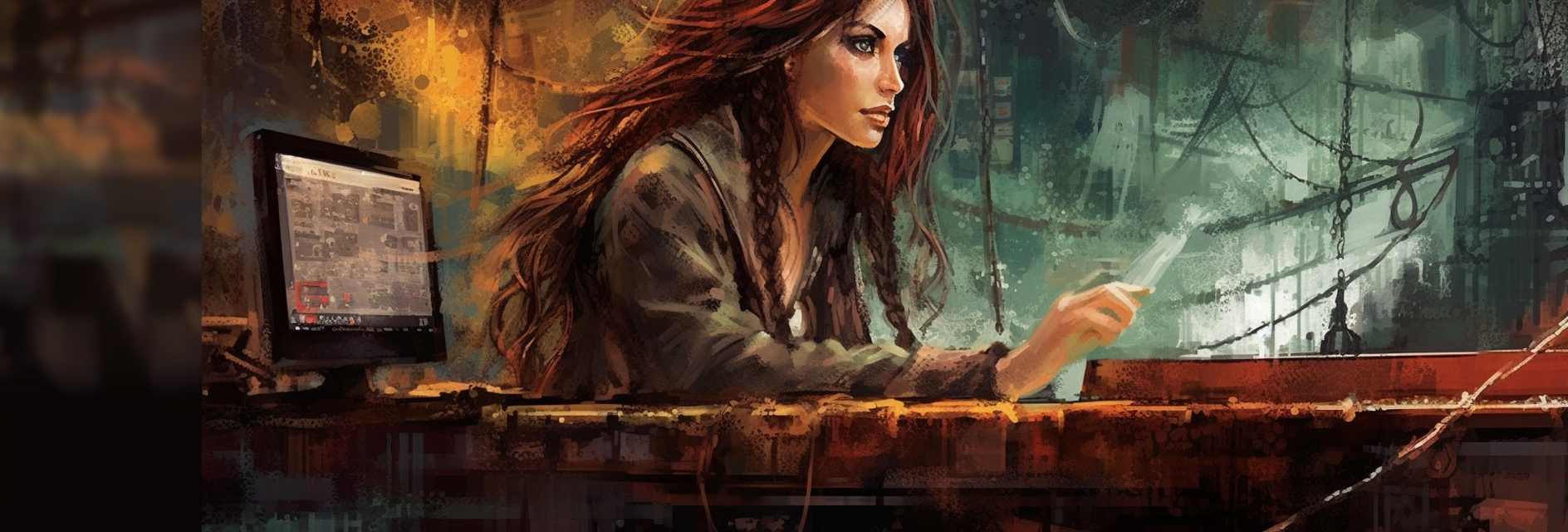Review of Key Concepts

Ahoy there! As you come to the end of this Java DateTime course, let’s take a moment to review the important topics we have covered thus far.
Recap of Important Topics Covered Throughout the Course
We started with an introduction to the Java DateTime library, its history, and features. We then discussed the challenges with working with dates and times and the benefits of using the Java DateTime library, including improved accuracy and precision, simplified code, increased flexibility, and cross-platform compatibility.
Next, we delved into the basic concepts of the Java DateTime library, including date and time types such as Date, Time, and Date and Time, as well as date and time literals, and operators like comparison and arithmetic.
We then moved on to working with dates and times, including creating and initializing dates and times using constructors and parsing strings, formatting and parsing dates and times, comparing dates and times using comparison operators and methods, and calculating with dates and times.
In addition, we explored working with time zones, including creating and initializing time zones, converting between time zones using built-in methods, and dealing with daylight saving time.
We also looked at working with calendars, including creating and initializing calendars, setting calendar fields, and converting between different calendar systems.
Lastly, we covered working with periods, including creating and initializing periods using the Period class and obtaining information from periods.
Practical Applications of the Java DateTime Library
With this knowledge, you can now apply the Java DateTime library to real-world applications, such as developing financial applications that need to calculate interest or handling scheduling systems that need to track appointments.
Additional Resources for Learning More about the Java DateTime Library
If you’re interested in learning more about the Java DateTime library, there are many resources available, such as books, articles, and online tutorials. Keep exploring and experimenting to deepen your understanding of this powerful library.
Thank you for embarking on this journey with me, and I hope you find the Java DateTime library as useful and exciting as I do. Until next time, happy coding, matey!